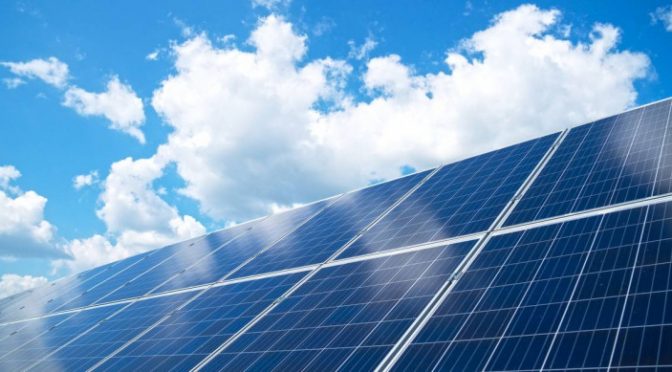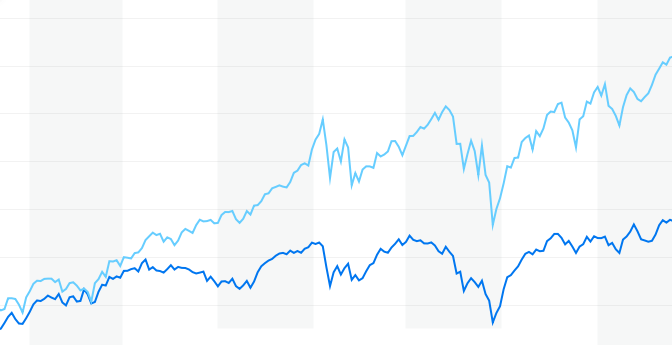I’ve been following the reports on this virus for the past 3 weeks. Since early February, I felt that this would cause a correction but was surprised that the market was ignoring it.
Then I got busy getting ready for my vacation to Hawaii and flying there when the correction started.
Yesterday, I got some time here in Hawaii to research this more. Today I sold my stocks.
It looks like the WHO (World Health Organization) and several countries have been lying about the severity of this virus. China, Thailand, Vietnam, Iran and the U.S. likely have multiple times more cases than they are reporting.
The U.S. has only reported 50-60 cases, all of which came from travellers from the Diamond Princess cruise ship or China. Yet, California has thousands in quarantine. Today, the first case is reported where the source of the infection is unknown. This implies that it is spreading within the U.S. and many more will be reported in the future.
Iran and Thailand likely have tens of thousands of cases.
This virus is much more infectious, easily spread and deadly than either SARS or the flu. People are succumbing and falling on the ground in some countries. Victims can get sick more than once. Contagious period can be up to 27 days without symptoms. Another difference is the size of the Chinese economy compared to when SARS broke out. This means that the impact to the world economy will be much more significant.
China has been shutting down almost entire cities. This will disrupt supply chains that the world depends on, which in turn will slow the world’s economy.
CDC has said that a pandemic is essentially assured. Germany said that they will have an epidemic. Europe is not doing enough to contain it. The U.S. is not doing enough testing. Italy is using the military to quarantine victims. There are long lineups at the grocery stores in South Korea and the shelves are empty in stores near the cluster in Italy. The number of cases worldwide are doubling every 4-5 days. Vaccine is one to one and a half years away. It looks like it is going to get worse before it gets better.
There is a possibility that this might be the start of the next bear market or recession. Hopefully, I’m wrong.







